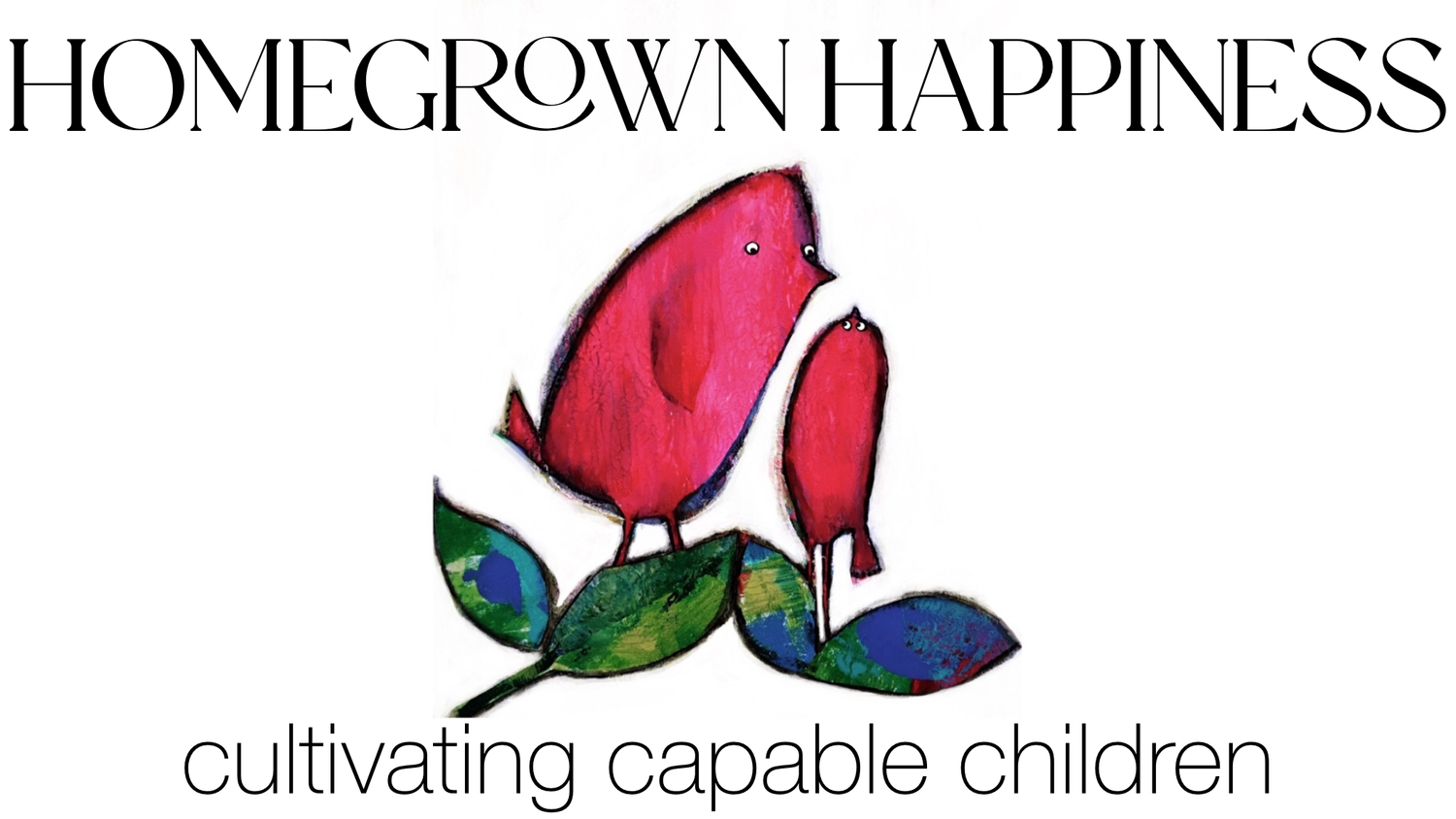The happiest, most fulfilled people I know are life-long learners. They simply love to learn. They are curious.
When I meet these kinds of people, if I can squeeze it into our conversation, I like to ask how they played as children. The usual response, I’ve noticed, is they were outside a lot, free-range and unstructured. Hardly anyone mentions a particular toy.
When I was in elementary school, part of our recess time was spent on a parking lot. There were no climbing structures or swings that guided our play. Instead, we had balls, jump ropes, cones, dirt, sticks, sidewalk cracks, etc., and we had so much fun! We learned to make up games and then make up rules. We learned to negotiate those fluid rules in order to get along. We learned how to be a friend. Open-ended play allows for that. It helps us learn to think out of the box.
Nowadays, children have incredible choices when it comes to play. Their current selection of toys light up, make noise, and guide play with right and wrong ways to succeed or move to the next level. There’s a lot of action going on while they’re playing... or are they mostly watching?
If your goal is to raise curious children, be wary of owning too many of these “active” toys.
Magda Gerber, infant expert and educarer, said it best: “The best toys for babies don’t do anything... They will only respond when the infant activates them. In other words, our active infant manipulates passive objects.”
Yes! Lots of loose parts that don’t do anything are what inspire creativity.
Think: blocks, boxes, pots and pans, sticks, fabric, tape, bits and pieces of this and that.
Each time a child plays with these types of items, the experience is different. The outcome is different. The possibilities are endless! Children are naturally curious. If we leave them alone with inspiring materials, they will get right to learning and experimenting.
So remember: PASSIVE TOYS MAKE ACTIVE LEARNERS and ACTIVE TOYS MAKE PASSIVE LEARNERS.


